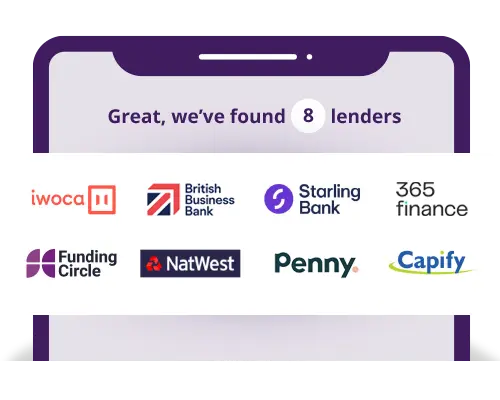Cash flow is essential to keeping your business afloat. But cash flow forecasting is the only way to know if you have enough cash to see you through future periods. Forecasting cash flow means understanding what you’re spending, what expenses you have coming up and other external factors like seasonality.
Analysing all of this information puts you in the best position to plan for cash shortages to keep your business operating successfully (and smoothly!).
This blog talks you through how to create a cash flow forecast and why you should do it.
The benefits of a cash flow forecast
There are many reasons why you should create a cash flow forecast, but here are just a handful:
- Improved cost control. Understanding what you’re spending your money on helps you pinpoint unnecessary spending and cut it down where possible. Controlling costs is essential to business success.
- Predicting cash shortages. Cash shortages cause major problems; they mean you can’t invest in new opportunities, and you might not be able to pay bills and wages on time — all of these can have significant knock-on effects on your business operations and, ultimately, your bottom line. But, by carrying out a cash flow forecast, you can identify the reasons behind these cash flow shortages and implement strategies to offset them.
- Understanding seasonal fluctuations. Most industries ride out seasonal fluctuations; think the wedding or leisure industry. Understanding seasonality in your business is key to effectively planning cash flow well into the future.
- More attractive to investors. Cash flow forecasting gives you a real insight into business performance — which is key to attracting investors. If you can show how your business is performing in granular detail and prove that cash flow projections are looking solid for the next few months, you’ll be batting investors away!
5 steps to creating a business cash flow forecast
Although calculating anything to do with finances can be a little dry, it’s directly tied to business success. Without it, you’re doing business in the dark. You don’t know how much cash you need to survive and plan, which can be a pretty scary place to find yourself.
If you’re wondering how to do a business cash flow forecast, don’t worry; here’s a cash flow forecast template you can follow to get started:
1. Set out your business cash flow forecast period
A cash flow forecast typically spans three, six or 12 months. But you can set yours over whichever period aligns with your business goals. If you have seasonal peaks throughout the year, you might consider a 12-month forecast to cover all peaks. Alternatively, if you want to understand the months immediately ahead of you, choose a three-month period.
2. Identify recurring income streams
In this section, you should list all your cash inflows, i.e. your business income, including income from customer contracts, product or service sales, or working capital loans. Your income needs to be accurate to give you the most accurate forecast.

3. Collect all business expenses
Second to your income, understanding your business expenditure or cash outflows is key to an accurate cash flow forecast. The great thing about business expenses is that you can usually trim these to help rebalance your cash flow. But first, you need to understand what you’re spending on.
List all your monthly expenses — subscriptions, cost of inventory and raw materials, manufacturing and production costs, staff salaries, bills, loan repayments, taxes and marketing. Whatever you’re spending on out, list it here. If there are fluctuations, i.e. your energy bill or stock, account for these in your calculations and take an average figure.
4. Project net cash flow
Net cash flow is where you take cash outflows from your cash inflows. The formula helps you calculate how much money you’ve made or lost in a given period. This information is essential to understanding how sustainable your business model is and what the future looks like.
We’ve got a blog all about calculating net cash flow if you want to learn more.
5. Make adjustments to avoid shortfalls
After working out your net cash flow, you’re in a strong position to understand where, across the following period, you might need financial support. After identifying these periods, it’s time to implement cash flow management strategies. These strategies could include applying for a startup business loan, increasing your product or service prices, reallocating resources, renegotiating supplier contracts, or sourcing new suppliers.
Always look at the bigger picture before making drastic changes. For example, if you cut your staff count to make it through the next three months, what do the periods following that look like? Rehiring employees can be expensive and time-consuming, so always take a balanced view when trying to improve your cash flow.
Forecasting cash flow is a cyclical process
Cash flow forecasting should be something you do consistently to give you a clear picture of your business finances. Without this knowledge, you cannot confidently make decisions that impact your business and its future.
Knowing you have the cash to comfortably keep your business operating and spare cash reserves to take advantage of market opportunities when they present themselves or hire extra staff to support operations over seasonal periods is vital to business success.
If you’re interested in exploring your business finance options to support a healthy cash flow, we have plenty of products to suit your needs. Our free loan comparison tool helps UK business owners find and compare lender offers in one place.
Get a quote today. (This won’t affect your credit score.)






